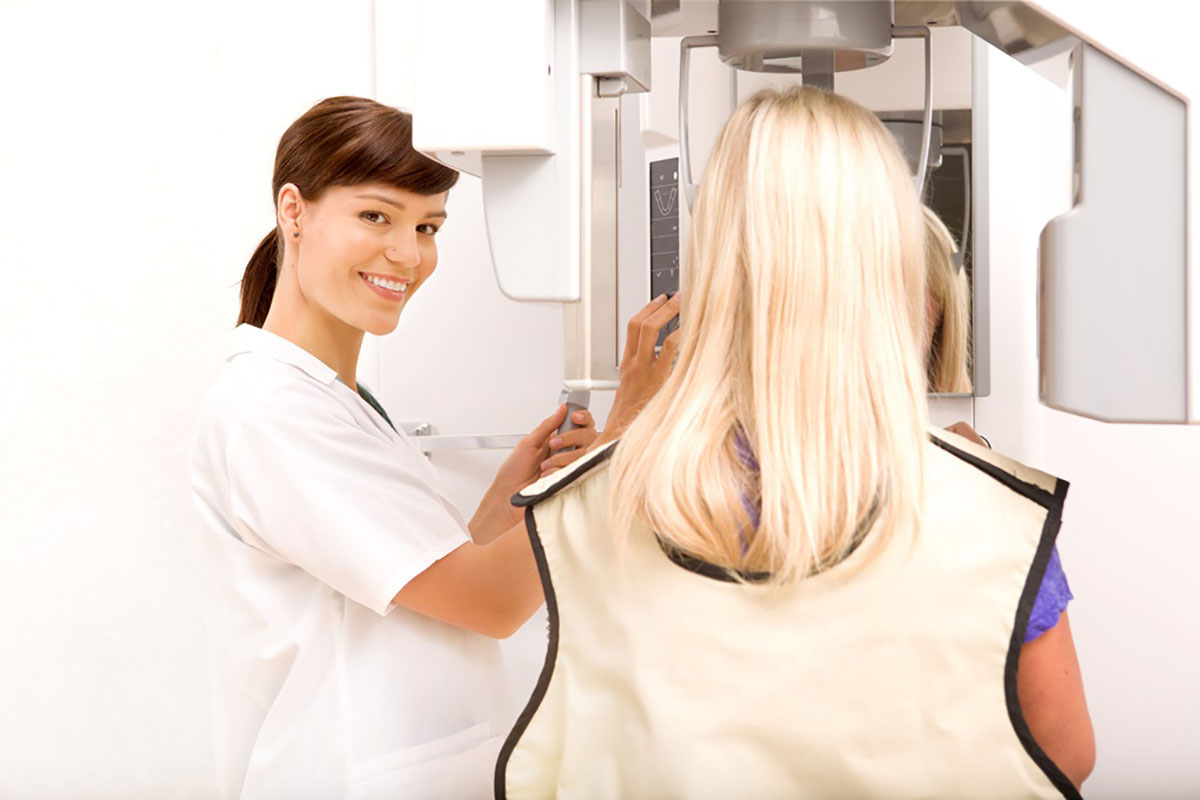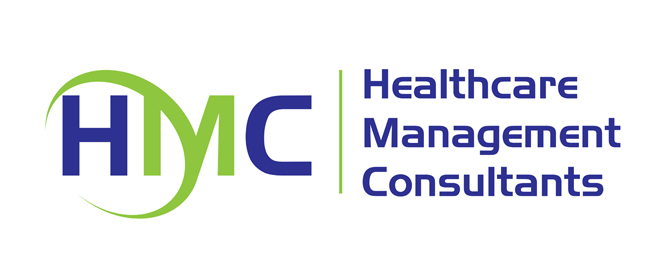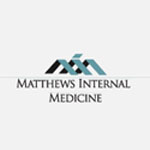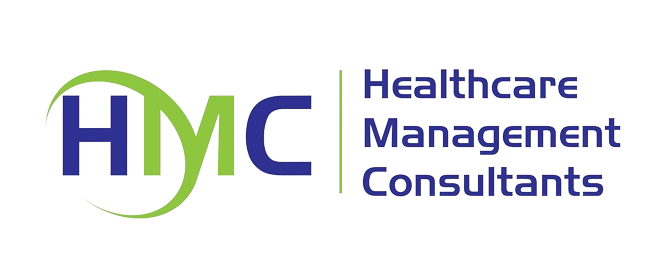As 2016 comes to a close, are you thinking through your goals for 2017?
How do you envision your practice growing in the years to come?
Your Healthcare Management Consultants team understands the importance of forward-thinking and goal-setting! We want to ensure that you take advantage of 2016 tax-saving strategies to reduce your 2016 tax liability!
To help you get started, our tax specialists have put together the following list of important year-end tax preparation steps for you to potentially reduce your personal and business practice’s 2016 tax burdens:
ACCELERATE and DEFER INCOME – Make the time value of money work for you by taking a look at the items of income and deductions you can control. At the individual level, consider deferring bonuses, consulting income or self-employment income until 2017. On the deduction side, you may also be able to accelerate state and local income taxes, interest payments and real estate taxes.
Generally, paying expenses on a credit card in 2016 will get you a deduction that you don’t have to pay for until 2017. However, be careful in 2016 when accelerating state tax deductions and property tax payments if you are subject to alternative minimum tax (AMT). Unless upcoming tax reform doesn’t change the current landscape, those deductions will be lost due to AMT.
CHARITABLE GIVING – If you have plans to make a charitable gift in 2016 to a qualified charitable organization, consider donating appreciated property, such as stocks or bonds, artwork, or real estate that has gone up in value, in lieu of cash donations.
Your tax deduction, in that case, is the Fair Market Value (FMV) of the property at the time of the gift, assuming the property was held for at least 12 months, and the gain on appreciation of value is not subject to income tax. Additionally, for those taxpayers over age 70 ½ who are required to take “Required Minimum Distributions” (RMDs) from their IRA accounts, the tax law allows those individuals to use the RMD to make a direct contribution to a qualified charity (up to $100,000).
COST SEGREGATION STUDY – If your business owns a building that was purchased, built or renovated after 1986, a cost segregation study could be performed in order to reclassify some of those costs as “non-structural,” allowing for an accelerated depreciation expense.

THE MASTERS RULE – This scenario earned its name because of the number of individuals in Augusta, GA who utilize it each year during the Masters Golf Tournament. In short, you can earn tax-free income by renting out your personal residence or vacation home to your practice for up to 14 days each year. It can be used for board of director, shareholder, staff retreats, staff training, or other business meetings.
The income you receive from your practice is not taxable on your personal tax return, while remaining a deduction on your practice’s books. The rent paid by the practice will be tax-deductible, while up to 14 days of rental income can be received tax-free pursuant to Section 280A(g). View 26 U.S. Code § 280A

100% DEDUCTIBLE MEALS – Many small business owners miss out on deductions for meals that are excluded from the 50% limitation imposed by the IRS. Consult with your CPA to make sure you are taking full advantage of the 100% deductibility of those items.
Certain meals for items like staff meetings, team training meetings, holiday parties and other functions should be flagged so that you make sure that all meal expenses for staff functions and outings are classified as “office expenses” since they remain fully deductible under Section 274(n) of the Internal Revenue Code. View 26 CFR 601.105

OTHER TAX-DEDUCTIBLE BUSINESS-RELATED EXPENSES – Increase your tax-free income by making sure that the practice reimburses you for all your business expenses paid personally during 2016, such as travel, meals and entertainment, business car expenses, dues and subscriptions, advertising and promotion, continuing education, safe deposit fees, tax return and planning fees, investment expenses, etc. Be sure to separate fully (100%) deductible travel; lodging, and continuing education expenses from meal and entertainment expenses (50% deductible) for tax reporting purposes.
BONUS YOUR PROFITS – If your practice is set up as a C-Corporation, for tax purposes, reduce your corporate profit to zero at year-end by paying yourself a bonus equal to the remaining profit after making retirement plan contributions. This eliminates the double-taxation on your practice’s earnings.

COMPANY VEHICLES – Take advantage of Section 179 expensing on purchases of a new or used “qualifying” SUV. The SUV must be rated at 6,000 pounds or more, fully loaded and must be purchased on or before December 31, 2016 in order to receive the deduction in the current year. As long as the business use of the vehicle is 50% or greater, up to $25,000 can be expensed in the year of purchase.

EQUIPMENT PURCHASE – Make maximum use of the Section 179 expensing election to immediately write-off new or used equipment purchases up to $500,000 made during 2016. View Net Operating Loss Carryback, Sec. 179 Deduction and Other ARRA Business Provisions
WISE BUYING – Don’t buy things your practice doesn’t need, simply because you want to get a tax deduction. Just because you can deduct a $5,000 purchase, doesn’t mean that you will get back that $5,000 in tax savings. At a 35% tax rate, you would only realize $1,750 in tax savings on that $5,000 purchase ($5,000 x 35%).
USE THE SECTION 199 MANUFACTURING DEDUCTION for the onsite production of crowns, inlays, onlays, and other restorations, lab items such as retainers, study models, appliances, records, and placement of orthodontic brackets. View 26 U.S. Code § 199
MAXIMIZE YOUR MEDICAL BENEFITS. Doctors covered under a qualifying High Deductible Health Plan (HDHP) should establish a Health Savings Account (HSA) and fund the maximum tax-deductible contribution to cover future medical expenses. This gives you a tax deduction for money put into the plan.
Also, the earnings in the account grow tax-free. You may withdraw money – tax-free – as long as it is used for qualified medical expenses. The maximum limit doctors can deduct in 2016 is $3,350 for a single policy and $6,650 for a family policy. In addition, doctors and spouses age 55 or older can make additional tax-deductible “catch-up” contributions of $1,000 each. View Health Savings Accounts and Other Tax-Favored Health Plans
INCREASE YOUR TAX-FREE INCOME by making sure that your practice is paying all the medical insurance premiums for the doctor and his or her family. Medical insurance premiums remain 100% deductible for all doctors (C-corporation, S-corporation, unincorporated, etc.), even if no staff coverage is provided since the Obamacare non-discrimination rules are not yet in effect.
ELECT SUBCHAPTER S-CORPORATION status to determine the payroll tax savings available for your practice. While it is too late to do this for 2016 taxes, you may consider for 2017: In most states, doctors will be able to significantly reduce payroll taxes (including 3.8% payroll tax on personal investment income) by taking a lower salary, with the remaining profit distributed as a dividend (not subject to payroll taxes). View IRS S Corporations
MUTUAL FUNDS – Be careful when buying mutual funds at the end of the year. Delay purchases until you find out about December capital gain distributions. This will help you avoid buying a tax liability.

RETIREMENT PLANNING – If your practice doesn’t already have a retirement plan in place, set one up before December 31 in order to get credit for the 2016 tax deduction. Contribute an amount that will assure that you receive the maximum allocation allowed ($53,000 for 2016, $54,000 for 2017 – with an additional “catch-up” elective deferral of $6,000 for employees age 50 or older).
Contributing to a retirement plan is the surest way to save taxes without the risks of other tax shelters since you retain full control of your money.
401(k) TIPS – If the doctor is age 40 or older and employs younger staff, consider adopting a “safe harbor” 401(k) cross-tested profit-sharing plan to maximize tax-deductible contributions for the doctor and spouse (if employed by the practice), while limiting staff funding costs. Contribute the maximum “catch-up” contribution to your 401(k) profit sharing plan ($6,000 annually) for each spouse age 50 or older.
CONVERT NON-DEDUCTIBLE INTEREST on personal loans into fully deductible status. Pay off the debt using available cash, or a home equity line of credit. Another strategy is consolidating loans as part of a home mortgage refinance to take advantage of lower home mortgage interest rates.

HIRE YOUR SPOUSE – Employ your spouse in your practice and pay him or her an annual salary of $3,000 (generally) in order to qualify the spouse for minimum Social Security benefits, the child care credit, as well as fully deductible practice travel and fringe benefits, while minimizing payroll taxes. However, if your family has two or more children under the age of 13, and childcare expenses exceed $3,000 annually, you will want to increase the annual salary to equal the annual child care expenses, up to a maximum of $6,000 annually.
If your practice operates a SIMPLE-IRA retirement plan, consider increasing your spouse’s salary to $14,000 ($17,000 if age 50 or older), in order to qualify the spouse for the maximum SIMPLE-IRA deferral of $12,500 ($15,500 if age 50 or older). If your practice sponsors a 401(k) profit sharing plan, increasing your spouse’s salary to $20,000 ($26,000 if age 50 or older) will quality him or her for the maximum deferral of $18,000 per year ($24,000 if age 50 or older).
If your practice operates an age-based retirement plan (target benefit pension plan, cross-tested or age-weighted profit sharing plan, or defined benefit pension plan), pay your spouse the highest reasonable salary in exchange for his or her services in order to generate a larger tax-deductible retirement plan contribution.

HIRE YOUR CHILDREN – Take advantage of the IRS-sanctioned tax strategy of employing your children. You can employ children age 6 or older through your practice in order to fund college savings, private school costs, etc., on a tax-deductible basis. Each child can earn $6,300 tax-free in 2015 in exchange for services actually provided. You will get payroll tax deductions for hiring family members, while helping your children earn money for college or other expenses.
Consider establishing a Roth IRA for each employed child and contribute an amount equal to their earned income, up to a maximum of $5,500 for each in 2016. While these contributions are non-deductible, principal can be withdrawn tax-free for college, and all future earnings will be tax-free when withdrawn after age 59 ½.





Tina English
Practice Manager / Matthews Internal Medicine